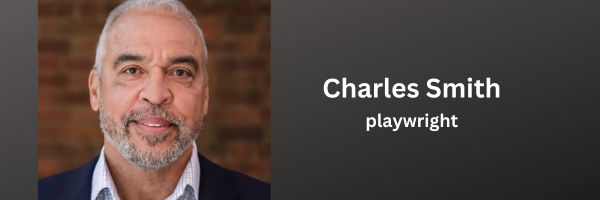It has been said that Chicago is a city of neighborhoods. Many of those neighborhoods are the result of self-selection; pockets where like-minded people who share the same cultural backgrounds and/or values and beliefs choose to live, work, and raise families. I grew up on the south side of Chicago, 46th and King Drive, and while many residents of that neighborhood chose to live there, the establishment of that neighborhood was not solely the result of self-selection. It was heavily influenced by legally enforced segregation through redlining, racial covenants, racial profiling, and the deliberate city planning of an expressway system designed to reinforce racial boundaries creating a very distinct racial and cultural divide. This racial and cultural divide serves as the backdrop for Golden Leaf Ragtime Blues.
In the foreground are two people reaching out to each other across that racial and cultural divide, desperate to be seen, to be heard, desperate for a moment of compassion, to form a human connection no matter how unlikely or improbable. The connection they make is brief, the moment fleeting, but the impact of that brief connection has the power to infuse the future with hope and resonate in the lives of these characters for years to come.
When asked to describe the blues, a blues musician once said to look at your life as it is, then look at your life as it should be. The difference between the two, well, that’s the blues. This is the Golden Leaf Ragtime blues offered to you with love, hope, and compassion.
– Charles Smith

